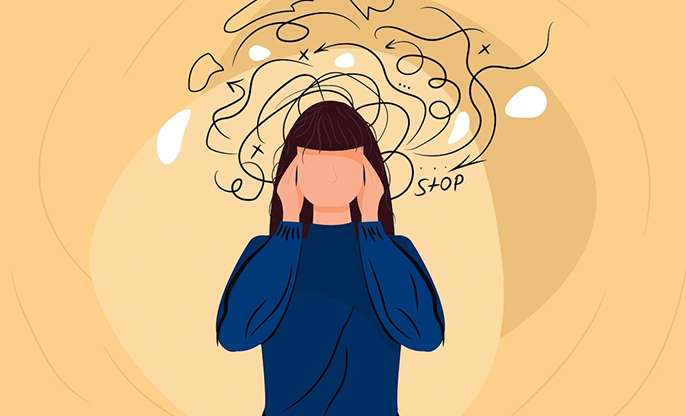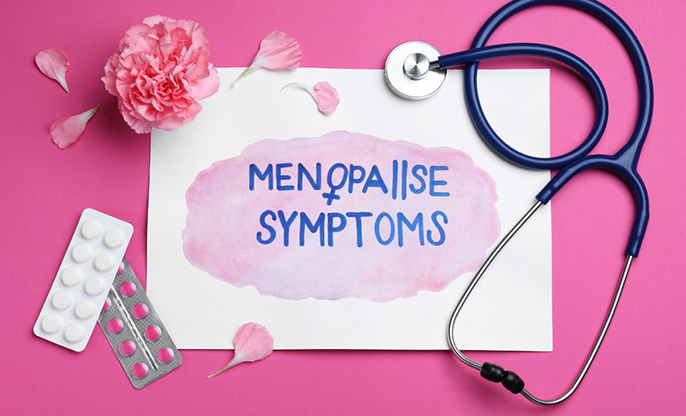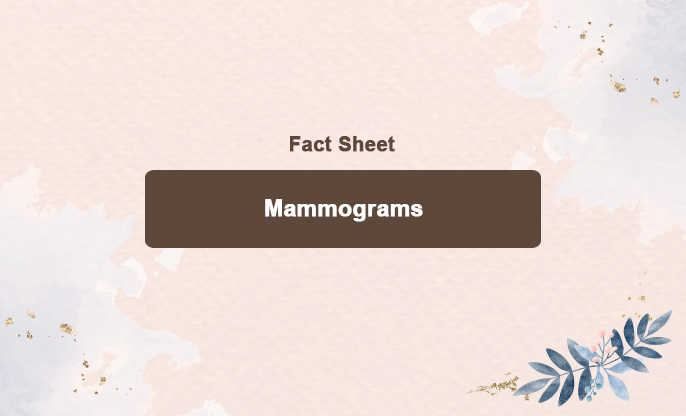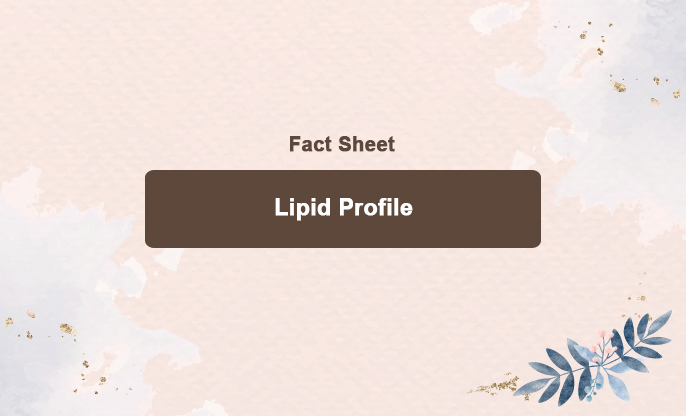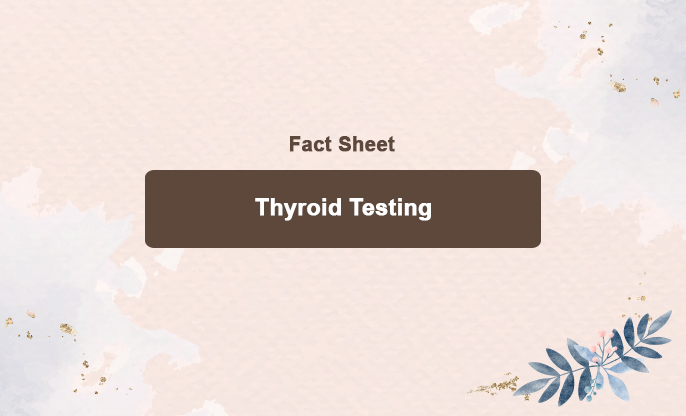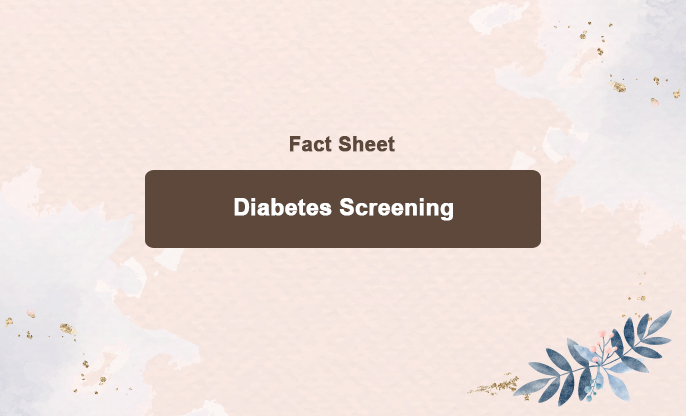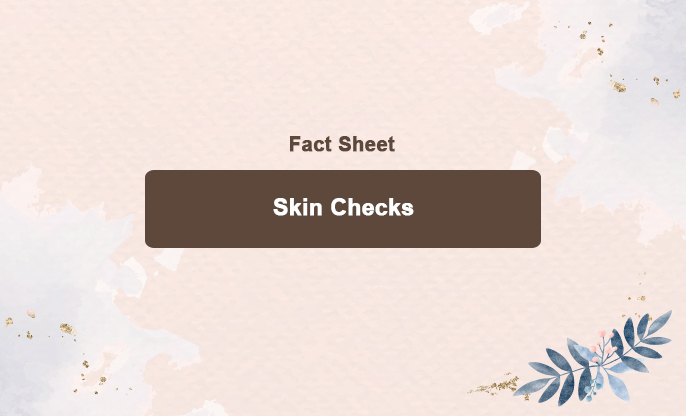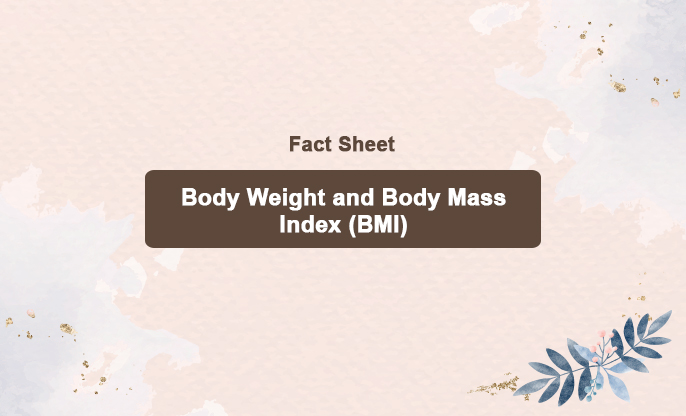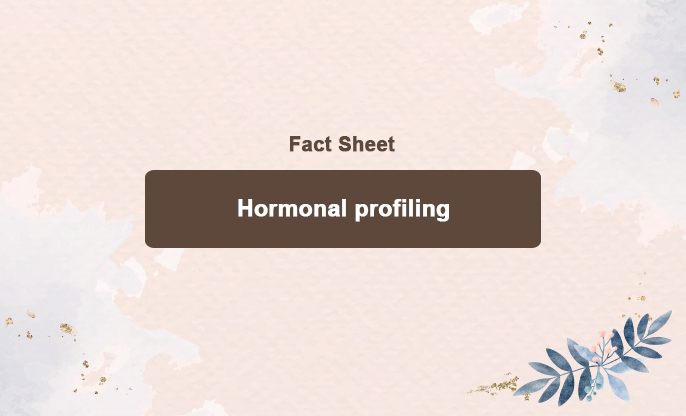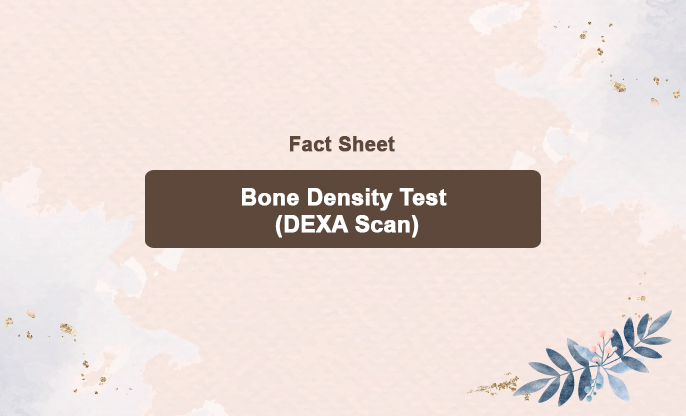
What is this test?
A bone density scan, also known as a DEXA or DXA scan, is a low-dose X-ray that measures the amount of calcium and other minerals in your bones. Denser bones contain more minerals, making them stronger and less likely to break. This measurement indicates your bone's strength and thickness, also referred to as bone density or mass.
As you age or develop certain medical conditions, your bones typically become thinner. This condition, known as osteopenia, increases the risk of developing osteoporosis, a more serious condition. Osteoporosis causes bones to become very thin and brittle, progressively worsening over time. It primarily affects older adults and is most common in women over the age of 65. Individuals with osteoporosis are at a higher risk of fractures, particularly in the hips, spine, and wrists.
How is it done?
The procedure involves passing a large scanning arm over the body to measure bone density, usually focusing on the hip and lower spine to assess for osteoporosis. However, due to varying bone density in different parts of the skeleton, multiple areas may be scanned. For instance, the forearm might be scanned for conditions such as hyperparathyroidism or when hip or spine scans are not feasible.
As the scanning arm moves slowly over the body, a narrow beam of low-dose X-rays passes through the targeted area. Some X-rays are absorbed by tissues like fat and bone, while an X-ray detector within the scanning arm measures the amount of X-rays that pass through the body. This data is then used to produce an image of the scanned area.
The scan typically takes 10 to 20 minutes, after which the patient may return home.
Is this routine or specific?
A Bone Density Test, also known as a DEXA scan, can be both a routine screening test and a specific diagnostic test.
Routine Screening Test:
It is often recommended as a routine screening test for individuals at risk of osteoporosis, especially women over the age of 65 and men over the age of 70.
It is also routinely suggested for postmenopausal women and men aged 50-69 with risk factors for osteoporosis, such as a history of fractures, smoking, or use of certain medications.
Specific Diagnostic Test:
It is used as a specific diagnostic test when there are symptoms or conditions that suggest the presence of osteoporosis or other bone-related issues.
It may be ordered if a patient has experienced fractures with minimal trauma, unexplained back pain, or a significant loss of height.
It can also be used to monitor the effectiveness of treatment for osteoporosis or other conditions affecting bone density.
When should it be done (frequency)?
Women aged 65 and older: Every 2 years.
Men aged 70 and older: Every 2 years.
Postmenopausal women and men aged 50-69 with risk factors: As advised by a healthcare provider, usually every 2 years.
What do the results indicate or eliminate?
Bone density results are typically reported as T-scores and Z-scores. A higher score indicates greater bone density, while a lower score signifies an increased risk of bone fractures.
T-score: Used for postmenopausal women and men aged 50 or older. This measurement compares your bone density to that of a healthy young adult of the same sex.
Z-score: Used for premenopausal women, men under 50, and children. This measurement compares your bone density to that of individuals of the same age, weight, sex, and ethnic or racial background.
T-score Results Interpretation:
T-score of -1.0 or higher: Indicates normal bone density.
T-score between -1.0 and -2.4: Indicates low bone density (osteopenia) and a potential risk for developing osteoporosis.
T-score of -2.5 or lower: Indicates osteoporosis.





